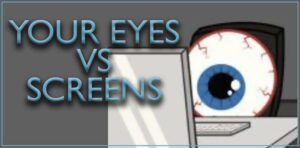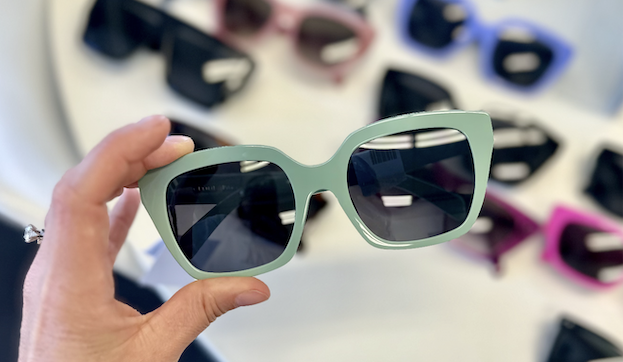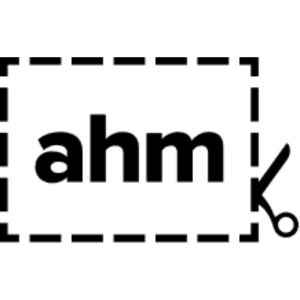From zoom meetings and parties to online classes, COVID-19 has made us more reliant on digital devices than ever before. With the majority of people now working from home, and our social lives it is more important than ever to be on the lookout for any signs of Digital Eye Strain, because chances are you have already experienced at least one symptom.

WHAT IS DIGITAL EYE STRAIN?
Digital Eye Strain, also known as Computer Vision Syndrome (CVS), is the combination of eye and vision problems associated with the use of digital devices, including computers, TVs, phones and tablets. CVS is extremely common, with up to 90% of computer users experiencing some form of discomfort after prolonged computer use. Digital Eye Strain can really impact your comfort, mood, productivity at work – even your sleep!
For most of us, our eyes prefer to focus further than 6 metres away, so viewing a screen at close distance forces our eyes to work harder.Prolonged focusing on screens up close results in eye muscles having to work harder to make these objects clear and single. As with any muscle, they can fatigue and become tired. The muscles that control eye movements and focusing are typically relaxed when we look at objects in the distance, but work hard at near
How do I know if I am experiencing CVS?
Common symptoms include:
- Headaches
- Eyestrain
- Dry or red eyes
- Poor concentration
- Blurred or double vision
- General eye fatigue
- Neck or shoulder pain
So what can I do?
If we are being honest, we know that cutting down screen time just is not an option for the majority of people, so ask your Optometrist what the best options are for you. An annual trip to see us is important for the entire family (especially children). Ask us about the best options to help you or your children reduce eye strain, whether that’s in the form of computer vision or blue light lenses. Even if you don’t wear corrective lenses, a blue light filter can be applied to non-prescription eyewear.
1. Glasses
If you’re experiencing any symptoms of Digital Eye Strain, a pair of Anti-fatigue
glasses with a prescription specially designed to relax your eyes and reduce
strain can be a great benefit to you. Combined with a blue light filter to make
focussing easier, these could drastically help improve your work day! Anyone who
uses their computer or mobile for more than a few hours a day can benefit from
these lenses.
2. Observe the 20-20-20 rule
Relieve eye fatigue by giving your eyes a break every 20 minutes and spending 20
seconds looking at something at least 20 feet away. Also, blinking more often helps
to moisten your eyes, which may help reduce visual discomfort. Come see our
Optometrist for more simple tips.
3. Maintain your digital distance. Find a comfortable working distance from your screen.
This is especially important for children since the intensity of light increases
exponentially the closer our eyes are to the source. Children have shorter arms and,
therefore, receive a more intense dose of blue light from devices. Children should
hold devices as far away from their eyes as is comfortable. Adults are encouraged to
hold devices at arm’s length in front of their face.
4. Dim the lights Lower the brightness level of device screens to reduce the amount of blue light exposure, especially during the evening hours.
Optometrists are experts in vision care who diagnose, manage and treat a wide range of vision problems, eye diseases and ocular conditions. By prescribing spectacles, contact lenses, visual aids and other treatments, optometrists help their patients maximise and retain good vision for life.



















